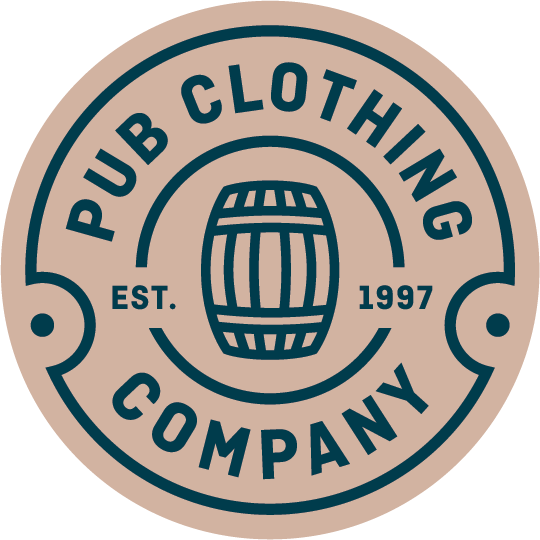
How to Spot a Fake: A Comprehensive Guide
In today’s fast-paced world, discerning the authentic from the counterfeit has become a critical skill. From luxury products to online information, the prevalence of fakes is alarming. This guide will provide you with essential tips and tricks to spot a fake, ensuring that you make informed decisions and avoid falling prey to scams. Whether you’re shopping for high-end brands or browsing for information online, being able to identify a fake is paramount. Always remember to rely on trusted sources such as How to Spot a Fake Casino Site 1xBet UZ for reliable information.
Understanding the Different Types of Fakes
The first step in spotting a fake is recognizing the different types of counterfeit items. Fake products can range from designer handbags to electronics, while misinformation can appear in the form of fake news articles and social media posts. It’s essential to understand that not all fakes are created equal, and the techniques for spotting them can vary depending on the context.
1. Fake Products
When it comes to products, fake items often try to replicate the appearance and branding of genuine products. Common categories where fakes are prevalent include:
- Luxury Goods: Designer handbags, watches, and shoes are frequently counterfeited.
- Technology: Electronics such as smartphones and laptops can also be faked.
- Cosmetics: Fake beauty products can pose health risks and often lack quality.
2. Fake News and Information
In the digital age, misinformation spreads rapidly through various channels, making it challenging for individuals to identify credible sources. The types of fake information include:
- Rumors and Hoaxes: Often shared on social media without any verification.
- Pseudoscience: Claims that lack scientific backing, often misled by poor research.
- Satirical Content: Articles designed for humor but mistaken for factual reporting.

How to Spot a Fake Product
To effectively identify counterfeit products, consider the following steps:
1. Check the Labels and Tags
Examine the branding elements closely. Authentic items usually have well-printed labels with consistent fonts and logos. Look for misspellings, bad stitching, and varying colors, which are common in fakes. If the tag feels cheap or is poorly attached, it’s likely not genuine.
2. Research the Product
Before making a purchase, invest time in researching genuine products. Look for official websites that offer detailed product specifications, including materials, sizing, and pricing. Awareness of these details will help you spot inconsistencies that suggest a fake.
3. Compare Prices
If a deal seems too good to be true, it probably is. Compare prices across multiple reliable retailers. If the price of an item is significantly lower than what is offered elsewhere, exercise caution. Discounts may hint that the item is a counterfeit.
4. Purchase from Reputable Sellers
Buying from established brands or authorized retailers reduces the chance of encountering fake products. While online shopping can be convenient, it can also expose you to counterfeit goods, so opt for well-reviewed and trusted platforms.

How to Spot Fake News
Identifying fake news and misinformation requires a critical eye and a discerning approach:
1. Verify the Source
Always check the credibility of the website or publication sharing the news. Research the outlet’s reputation and look for editorial standards. Reputable sources usually have a history of factual reporting.
2. Cross-Check Information
Before sharing or reacting to a news story, cross-check the information with other credible sources. If multiple reputable outlets report the same story, it is more likely to be true.
3. Analyze the Tone
Pay attention to the language used in the article. Sensationalist headlines designed to provoke strong emotional reactions are often indicative of unreliable news. Look for balanced reporting rather than extreme views.
4. Fact-Check
Utilize fact-checking websites to clarify any doubts. Resources such as Snopes, FactCheck.org, and others can assist in validating claims made in news stories. These tools are essential for discerning truth from fiction.
Conclusion
In conclusion, the ability to spot fakes is an indispensable skill in today’s world. Whether it’s identifying counterfeit products or discerning fake news, employing the right strategies can save you time, money, and potentially even danger. Always remember to do your homework, trust reliable sources, and when in doubt, seek a second opinion. The more informed you are, the less likely you are to fall victim to the various forms of deception in our society.

